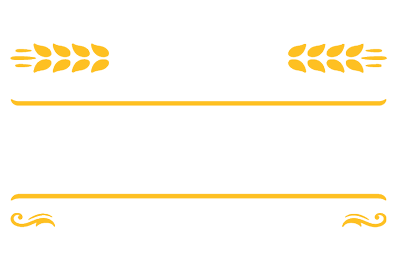For those who like bread, you may be familiar with bread sourdough. This round, stocky bread is fairly classic because it has been made since about 4000 years ago. The outer texture is hard, while the inside is chewy. In Indonesia itself, sourdough is not sold in every bakery. Only certain artisanal establishments serve this classic bakery.

A loaf Sourdough Bread
Many interesting things from this one bread. Not only because this type of bread is said to be the oldest bread, but also because of its nutrition which is healthier than loaves of bread, let’s check it out!!
Origins of sourdough
Sourdough is bread made from natural fermentation. Despite its popularity in Europe, sourdough was first made in Egypt. It is said that he said, this bread was found accidentally because there were residents who left the wheat flour dough for a few days. After another look, it turns out that the dough expands by itself. The dough expands due to “wild yeast” obtained from the air during the storage process. This process we now know as fermentation.
The dough that is allowed to rise seems to have a more delicious taste after baking. The aroma is even more fragrant. Since then, natural fermentation has been the only way to make bread. Until finally in the 19th century, instant yeast was invented which could speed up the process of making the dough until it expanded. That way, bread can be made more, faster, and varied until now. If sourdough takes up to seven days to brew, instant yeast bread should only take a few hours.
The process of making sourdough
Why does the process take days to make? This is because we have to form a natural or yeast culture for at least four to seven days. The ingredients for making this natural yeast are simple, namely water, flour, and salt. Some also add honey or wheat bran.
The ingredients are then mixed, then stored in a closed container. After two days, we give “feed” to the sourdough with the same mixture of ingredients until it continues to expand. The yeast dough must be added regularly every other day so that it expands completely. On the third day, we will see a bubble which means that the dough has been activated by wild yeast which makes direct contact from the air.
Yeast culture or sourdough starter is ready to be processed on the 4th or 7th day. You can also store it in the refrigerator first if you want to process it at a later date. Only after that, we mix natural yeast with bread dough such as sugar, salt, or milk. We knead it, then keep it in a closed container for about 90 minutes, then grill it.

Another Type Of Sourdough Bread
The process may seem complicated, but many fall in love with the taste. The taste is a little sourer, but the texture is soft on the inside, more flavorful, and character than bread in general.
Is it true that sourdough is healthier?
Instant yeast has active chemicals that make the dough, while rise sourdough uses natural yeast, which is the fermentation of good bacteria. This good bacteria content is not possessed by ordinary bread so that this type can be digested more easily by the body.
The natural fermentation process in sourdough also removes the starch in the flour, so it has a lower glycemic index than bread that uses instant yeast. That way, sourdough is safer for blood sugar. This old school bread also contains less gluten than regular bread. However, it is not completely gluten-free, yes. Therefore, This bread can be an option for you who want to reduce daily gluten consumption.
“Find Out More about Gluten-Free Bread”
Skyrocketing popularity
With all these benefits, it’s no wonder that this sour-tasting bread is back in demand. Sourdough is widely sold in bakery artisan shops and around the world, including Indonesia. In fact, recipes sourdough are booming too. Many people have started experimenting with making their own sourdough starter or natural yeast at home.

One of our sourdough bread
As this trend develops, there are a wide variety of recipes and ingredients to be added. Some add butter, sugar, milk, so not all sourdough can be eaten by vegans. Likewise with the presentation. No one has added a topping of cheese, butter, or even chocolate onto pieces of bread.
